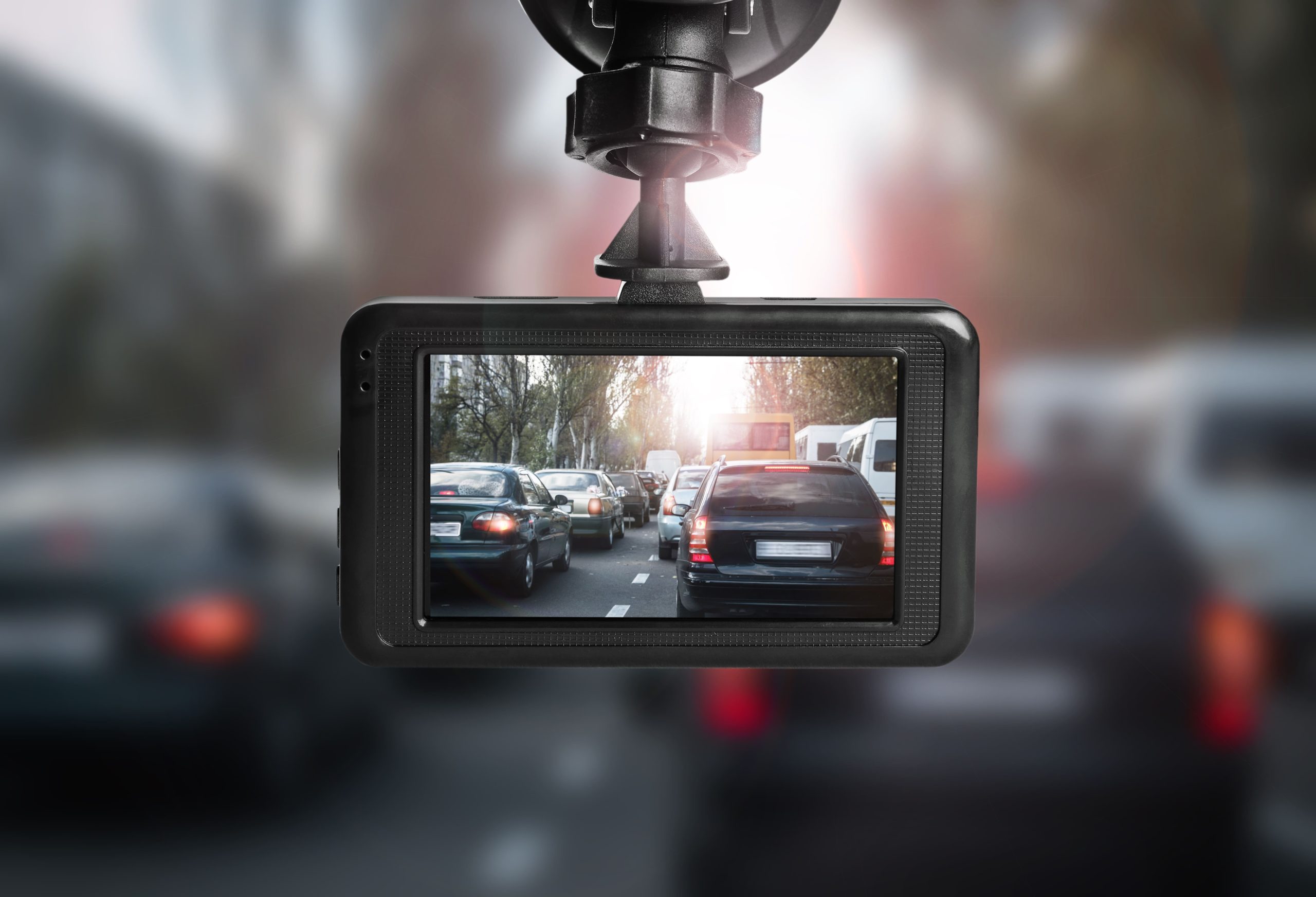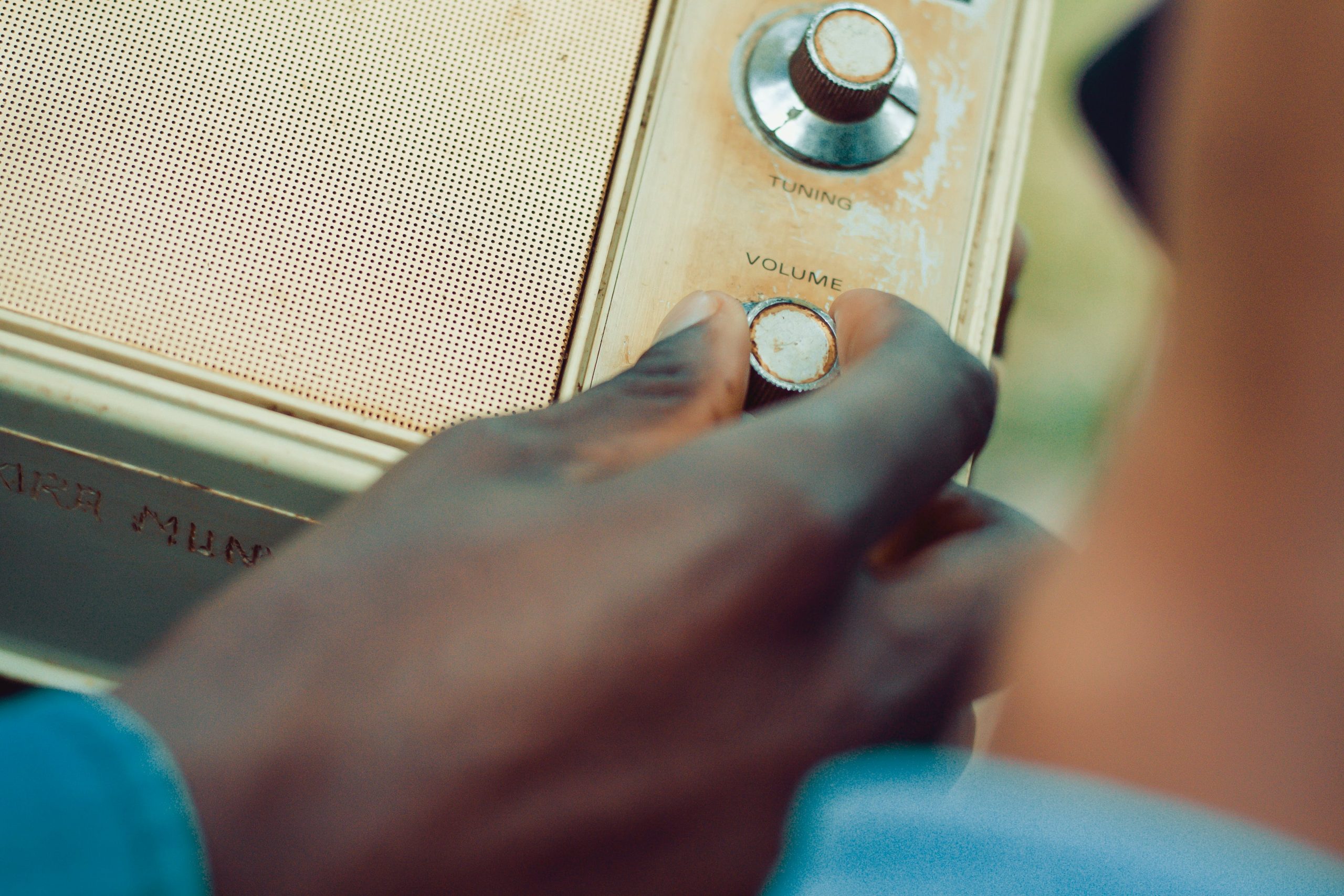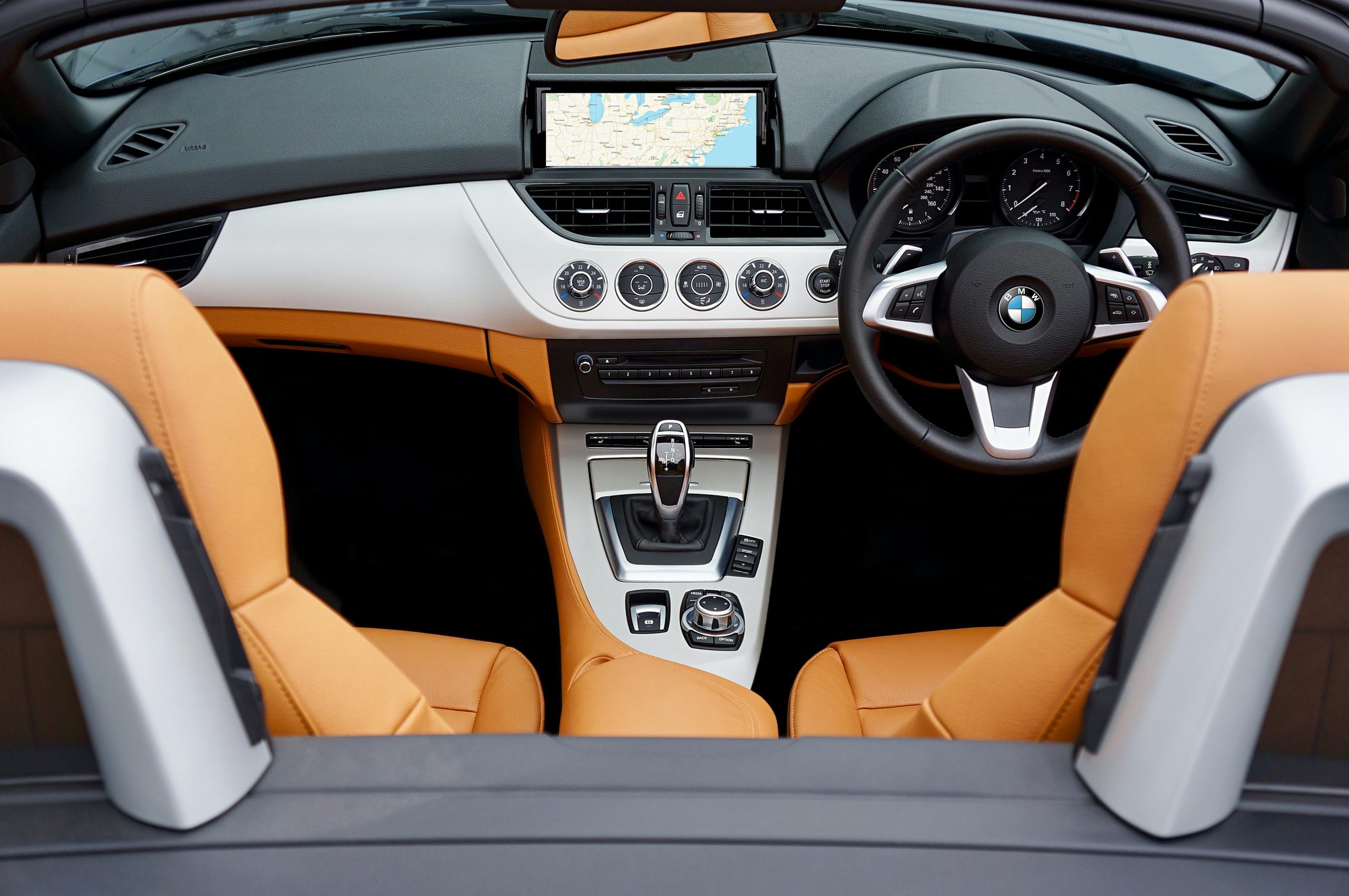Whether you are taking your driving lessons in London, have just passed your driving test or are wanting to cope better with London driving in general; there are a few unwritten rules that you need to follow in order to get by and survive on busy London roads. Follow our top tips to ensure your drives in London are as smooth as possible.

Be aware and alert
It sounds simple, but how many people reading this right now have driven while sleepy, drowsy or are just not in the right zone? On a Sunday afternoon when driving home through the countryside, the risks of having an accident will be significantly lower than mixing it up with London drivers during rush hour.
If you are feeling sleeping or drowsy you have a few options in London – have a cup of coffee, get some sleep (which is not always possible) or wait until the traffic has calmed down to reduce the risks of having an accident.
The National Highway Traffic Safety Administration estimates that drowsy driving was responsible for 72,000 crashes, 44,000 injuries, and 800 deaths in 2013.
Driving in London during busy times means you need to be able to respond and make decisions quickly, so it’s well worth taking the time to assess your journey before you set off and ensuring that you are fully rested.
MSPSL is key

The first part of the routine is vital, as not using your mirrors correctly before changing direction is probably one of the biggest causes of accidents in London. With vehicles driving in close proximity to one another, while cyclists, mopeds and pedestrians weave in and out of slow moving traffic; good use of your mirrors is absolutely vital.
Using the mirrors in good time is also imperative. For example, if you anticipate that a cyclist ahead is planning to overtake, ensure to check your mirrors 100 metres away, then 50 metres away and also just before you go to move around them. During busy times, that many mirror checks for one problem is essential if you want to keep your insurance premium down.
Enquire into dash-cams

Did you know 1 in 5 drivers are uninsured? This doesn’t make a difference to your driving, as such, but it will protect you should you be involved in an accident due to lane discipline. We spoke about the use of mirrors above, but what if someone in the lane next to you doesn’t use their mirrors correctly and turns into you? How easily could they say you turned into them? Get a dash cam for £50 and your insurance won’t go up because of these type of accidents.
Reduce distractions

The following will distract most drivers by at least 1%:
– Loud music
– Friends chatting or talking to the driver at vital moments like following road signs or approaching complicated junctions
– Children arguing or crying in the back of the car
– Child asking the driver to pick something up or give something to them
– Mobile phone ringing or making notification sounds
– Eating food or drinking
– Playing with sat nav while moving (this is illegal)
– Scenery
– Other incidents outside of your car
The list can be endless! Some are easy to avoid, like putting your phone on silent, whereas others are slightly trickier, such as a crying child. However, if any of the above become too much for you and start to affect your concentration, then it’s time to pull up somewhere to sort the problem out. Once it is sorted and you feel comfortable driving again, carry on with your journey.
Imagine trying to drive in a tricky area that you don’t know very well with someone next to you flicking your head! The above mentioned vary in levels of distraction, but whatever it is, we know without a doubt that the human brain can become stressed when trying to do multiple things at once. With this in mind, try to free up your brain power so it’s solely dedicated on the road ahead in order to avoid needless accidents.
Use a sat-nav

The age and manufacturer of your vehicle will determine the quality of the sat-nav. Fortunately, in today’s world, you can’t beat the navigation and accuracy of Google Maps.
Sometimes, it can help to have your most trusted sat-nav on loud and your second choice on silent; both showing the same route. Having two navigation tools on the go at once is useful, as if one isn’t very clear on your approach to a junction, for example, the other may be quicker to direct you – and vice versa. It’s almost like having a second opinion; for example, when approaching some roundabouts, your Sat Nav may give you a verbal instruction which doesn’t correlate to what you can see on approach. Glancing at your secondary navigation tool can give you a much clearer visual, helping to make sense of the the direction you have been given.
Driving Style

Many people will tell you that you need to be a more aggressive driver in London, however, I wouldn’t necessarily agree. It’s not so much the case that you need to be more aggressive, it’s more about thinking quickly, and going back to my first point; being alert.
You may need to accelerate out of junctions at a faster pace than you would do in the countryside, as well as keep up with the flow of traffic to avoid getting beeped at, but these are general driving techniques that appear during the learner’s test in most areas across the UK; not just London.
So, you don’t need to grit your teeth, swear and swerve to get from A to B in London. Simply follow the above tips and you’ll be in a good place to deal with the busier traffic smoothly and safely.
